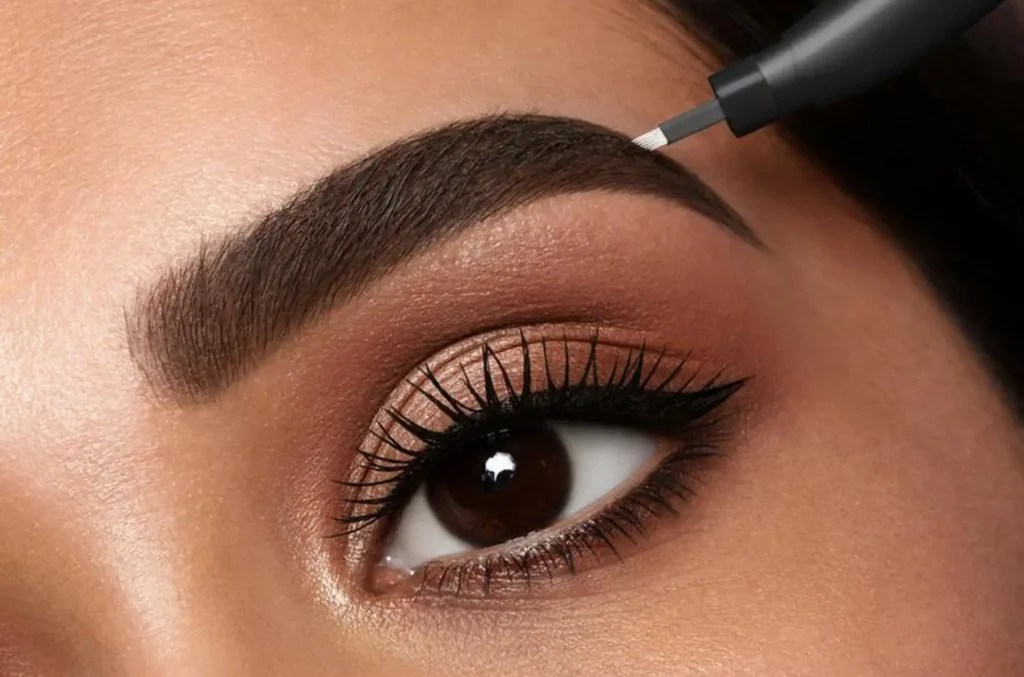Microblading has become a popular cosmetic procedure involving a handheld tool to create natural-looking eyebrows. This semi-permanent technique has revolutionized the beauty industry and has become a sought-after service in salons and spas worldwide. The growing demand for microblading has led to the development of advanced training courses that utilize technology to enhance the learning experience. In this article, we will explore the role of technology in microblading courses and training.
The Benefits of Technology in Microblading Training
Technology has transformed how we learn and make education more accessible and convenient. Here are some of the benefits of utilizing technology in microblading training:
1. Flexibility
Microblading eyebrow course offers flexibility, allowing learners to complete the training conveniently and conveniently. This is particularly useful for individuals with busy schedules or those who live in remote areas. According to a Babson Survey Research Group survey, the number of students taking at least one online course has increased by 3.9 percent annually since 2012. In 2019, more than 6 million students were enrolled in online courses in the United States alone.
2. Interactive Learning
Technology allows for interactive learning through videos, simulations, and virtual reality. This enhances the learning experience by providing visual and practical examples, which are more engaging than traditional classroom instruction.
3. Cost-Effective
These courses are typically more cost-effective than in-person training. This is because there are no travel expenses, and the course materials can be accessed from anywhere with an internet connection.
4. Consistent Quality
With microblading classes, learners can expect consistent training materials and instruction quality. This is because the curriculum is standardized and created by experienced professionals in the field.
Technology Used in Microblading Training
Here are some of the technologies utilized in microblading training:
1. Video Tutorials
Video tutorials effectively demonstrate the microblading technique and provide a step-by-step guide to the procedure. Learners can pause, rewind, and replay the videos as many times as needed to understand the technique fully.
2. Online Courses
The courses provide learners access to comprehensive training materials, including video tutorials, quizzes, and case studies. Learners can complete the course at their own pace and receive a certificate.
3. Virtual Reality
Virtual reality technology can simulate a microblading procedure and provide learners with a realistic experience without the risk of practicing on a live model. This technology allows for practice in a safe and controlled environment.
4. Online Communities
Online communities and forums allow learners to connect with other microblading artists, share tips and tricks, and receive feedback on their work. This fosters a sense of community and allows for ongoing learning and support.
Conclusion
Technology has played a significant role in transforming the way we learn and has made education more accessible than ever before. Online and virtual microblading courses and training have allowed aspiring artists to learn the technique from anywhere in the world. The use of technology in microblading training has also provided a more engaging and interactive learning experience, enhancing the quality of instruction. As the demand for microblading continues to grow, it is expected that technology will continue to play a crucial role in the training and education of microblading artists.
You May Also Like:

